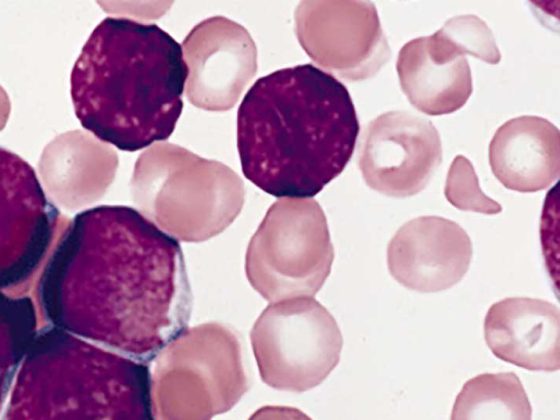Involving the team and supporting an open exchange – these are goals of collaboration in the family practice. Together you achieve the best solutions and are relieved as a boss.
The case: One doctor described her situation: “We have had quite a turbulent time in the practice, with many changes in the MPA team and the resignation of my practice colleague. This brings quite a bit of unrest into the practice. I have the impression of caring more about my employees than about my patients. Last week, one of my employees quit again during her probationary period. What can help now so that it will be calmer in the team in the long term and we can work together better in the future?”
First analysis: Here, two problem areas seemed to be related: on the one hand, the dissolving partnership of the female physicians and, on the other hand, the teamwork of the MPA team. Stringent leadership that conveys unity about practice and team management creates the necessary climate of trust in which teamwork is possible successfully and patients perceive this positively.
Coaching approach: I described my assessment of the case to the doctor and observed how it affected her. She realized that when choosing a physician partner, she should pay close attention to ensuring that there is a common understanding regarding practice and team leadership. This concerns the organization, the distribution of responsibilities, the infrastructure as well as values and beliefs. Both partners should pull together to lead such a team successfully. It was now up to my client to draw up a list of requirements as to what the new partner should bring with her and thus create clarity.
To improve team collaboration, I suggested to the doctor that she involve her team in coming up with solutions. From my experience, I know that a team always achieves more and better solutions than an individual. In addition, the team’s motivation to work together is enhanced by participation. My client agreed, and I was able to do team coaching.
For team coaching, I had the MPAs and female physicians run through a “course of questions.” It was about three guiding questions:
- What is going well and should be maintained?
- What needs to be improved, and are there already suggestions for improvement?
- What has already been tried to improve the situation?
First, inputs were collected and then discussed with each other. In my role as coach, I moderated, asked questions, and ensured that everyone could speak and contribute their sensitivities.

Results: Strong emotions and underlying conflicts surfaced. Alliances became apparent, as did organizational ambiguities such as the division of labor and a lack of information flow. The causes were named by the practice team, the majority of whom were part-time employees: inactive leadership and communication that needed improvement.
My client wanted solutions to her problems, and she realized that she had helped cause them. This is not so easy to cope with emotionally. The course highlighted the power of teamwork, and my client felt supported by her team. She noticed that the team wanted to work together to find solutions. This was a positive experience and an important insight for a change, both for her as a boss and for the team.
Transfer to everyday practice: The team has defined common goals and recorded measures for everyday practice in writing. In this context, the commitment of each team member is very important. Only in this way can the defined measures bear fruit, a culture of trust and a sense of “we” emerge. The concrete goals agreed upon now include active leadership by the practice owner and partner and open, transparent communication as the most important leadership tool. The corresponding measures are obvious:
- The practice owner actively takes the lead, clarifies rules, roles and responsibilities, puts them in writing and communicates them to the practice team.
- An MPA meeting is held once a week, and the entire practice team meets every two weeks.
- The mood in the team is surveyed every week with a mood barometer (scale 1-10). 1 represents the worst condition and 10 the best condition. All team members put one point on the scale. The mood barometer is an effective tool to measure the mood in the practice, monitor the development over time and gradually improve it.
- In addition, the following questions are asked: What is going well? What needs to be improved? In this way, problems and conflicts are to be openly addressed and resolved. When hiring new employees, the team is asked what is important and what should be in the list of requirements. The team has a say in the hiring process.
Conclusion: It is always worth involving the team and supporting an open exchange. This is the only way to achieve the best solutions for all practice members. At the same time, you are relieved as a boss and, last but not least, a conflict-free, trusting work atmosphere also radiates a positive patient experience.

HAUSARZT PRAXIS 2018; 13(9): 4-5











